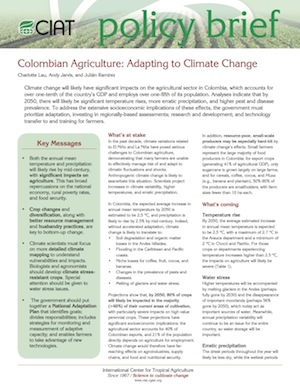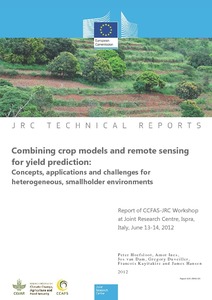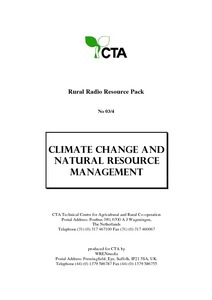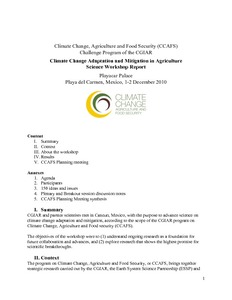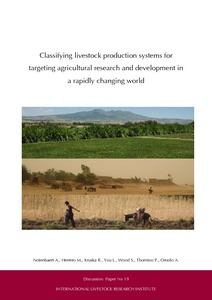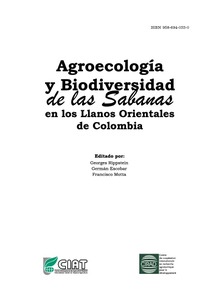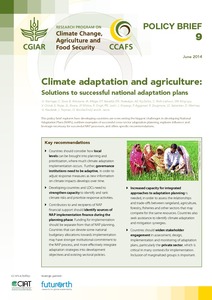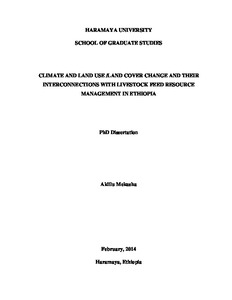Colombian agriculture: adapting to climate change
Climate change will likely have significant impacts on the agricultural sector in Colombia, which accounts for over one-tenth of the country’s GDP and employs over one-fifth of its population. Analyses indicate that by 2050, there will likely be significant temperature rises, more erratic precipitation, and higher pest and disease prevalence. To address the extensive socioeconomic implications of these effects, the government must prioritize adaptation, investing in regionally-based assessments; research and development; and technology transfer to and training for farmers.

